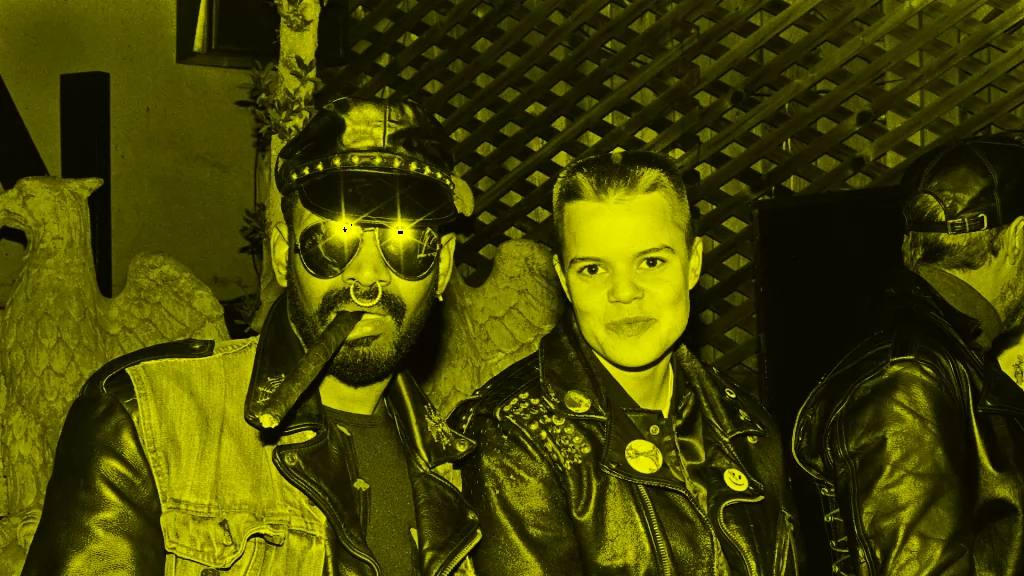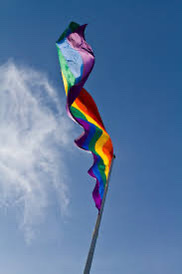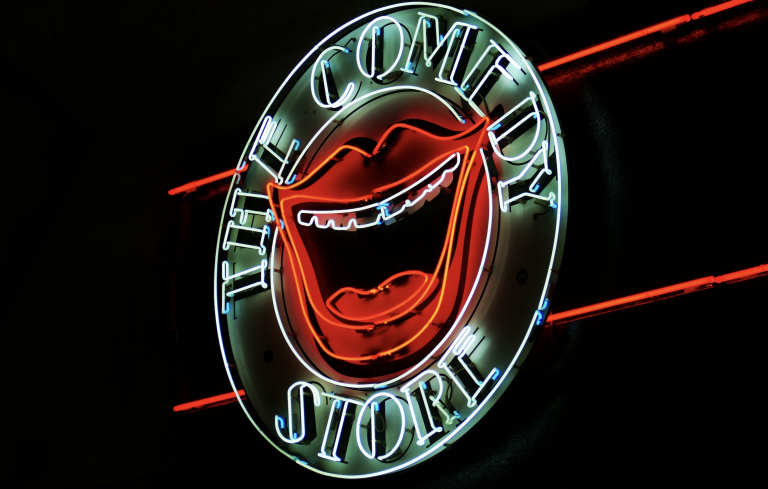Queer Nightlife: Activism on the Dancefloor
Queer nightlife is like a glammed-out Where’s Waldo print; but instead of trying to find a White man in red and white stripes, you’re finding yourself.
The fingers of cisheteronormative patriarchy leave claw marks on most aspects of life in America, but gay bars are a claw-free zone. Once you step through the doors; the lights are low, there’s good music playing, a tangle of bodies are all dressed with flare, and the grip of the outside world is erased. You find yourself in a place to just be.
Queer nightlife on the map
San Francisco, Portland, Austin, Seattle, and Los Angeles are the top cities ranked in population of LGBTQ+. In these cities, it’s not hard to locate a queer bar, strip club, or drag venue. It’s kind of like the chicken with the egg: what came first, large queer population or diverse queer spaces? The answer is not one came first, but they both grew together wrapped around each other like the roots of a blooming flower.
Queer nightlife is a blanket term covering all various subtypes of the scene: lesbian bars, cis gay strip clubs, POC-specific queer venues, drag clubs, etc. Although the concentration of the market differs from bar to bar, this is a nearly stable constant; all types of queer are welcome. Honestly, all types of everything are welcome in these spaces. Queer nightlife is almost like a flip-flop of American hegemony, providing sanctuary to those marginalized by the bigotry of social institutions.
No Dorothy, we are not in Kansas anymore. We are at a gay bar, and the Tin Man isn’t the only one wearing a silver bodysuit.

Dancing and what else?
Kai Doney, a Portland, Oregon resident who has existed in queer nightlife as a bartender, performer, and customer argues that the scene allows for a communal love bond for everyone who is deemed different. “Going to gay clubs, it is a community, that’s kind of the point of going. Even if you don’t know these people you’re doing the same thing and sharing the same space” Kai says.
The acceptance of any and all sexual preferences leaks into a broader acceptance of the complexities that separate and connect human to human. We can look to outward mediums of expression, such as fashion, accessories, and makeup. These trends are twisted and reborn into a token of selfhood and individuality, “there is a market for being unique and serving something interesting” says Kai. No one wants to fit in, and these spaces are creating room for synonymous ambiguity. Instead, this nightlife is birthing comfortability surrounding all things queer. Queer communities offer a warm hug and a smile to anyone figuring out who they are and who they want to be, laying down bricks in the road to coming out and identifying as queer.
“Queer spaces are a lot easier to be in because everyone is not trying to hide themselves … it’s more of a mutual we’re all learning instead of all competing,” says Kai.
Dancefloor politics
For queer people, simply existing in an outward expression of sexuality is a political discourse. StoneWall started as a party didn’t it?
Resistance is as important now as it was during the Stonewall Riots. The American Civil Liberties Union is tracking anti-LBGTQ+ bills in the United States, of which there are currently 393 in motion. There isn’t any longer an Aids crisis or a purple scare for US nationalists to use to justify their finger pointed towards queer communities. There is no reason other than phobia and hate. American institutions just want queer people gone.
Invisibility is one thing that queer people will not succumb to, and the nightlife scene is making indents in American culture. Kai says, “Queer people want to stand out. When you’re standing out alone in the world it’s so much scarier than standing out in a room of people who are also standing out”.
Community is the antithesis of Capitalism-based phobias. This level of resistance doesn’t involve signs or chants, “It’s more the idea of being all in the same room together” says Kai.
This is a place where the value of being an individual is elevated to the same desirability as being a function of a community. Yes the lights may be low, and the music is louder than your voice; but queer people are existing here, sharing, and dominating the space.

Conclusion
There are two forces at play. The first is the institution of homophobia that is reigning in current American politics and social discourse, and the second being the energy of communal love and inclusion raised to adulthood within the dark rooms of queer nightlife.
One is fueled by fear-based hatred, and a system of care runs the second. When the two are roped in, suited with boxing gloves, and nose to nose; as always, love wins.


